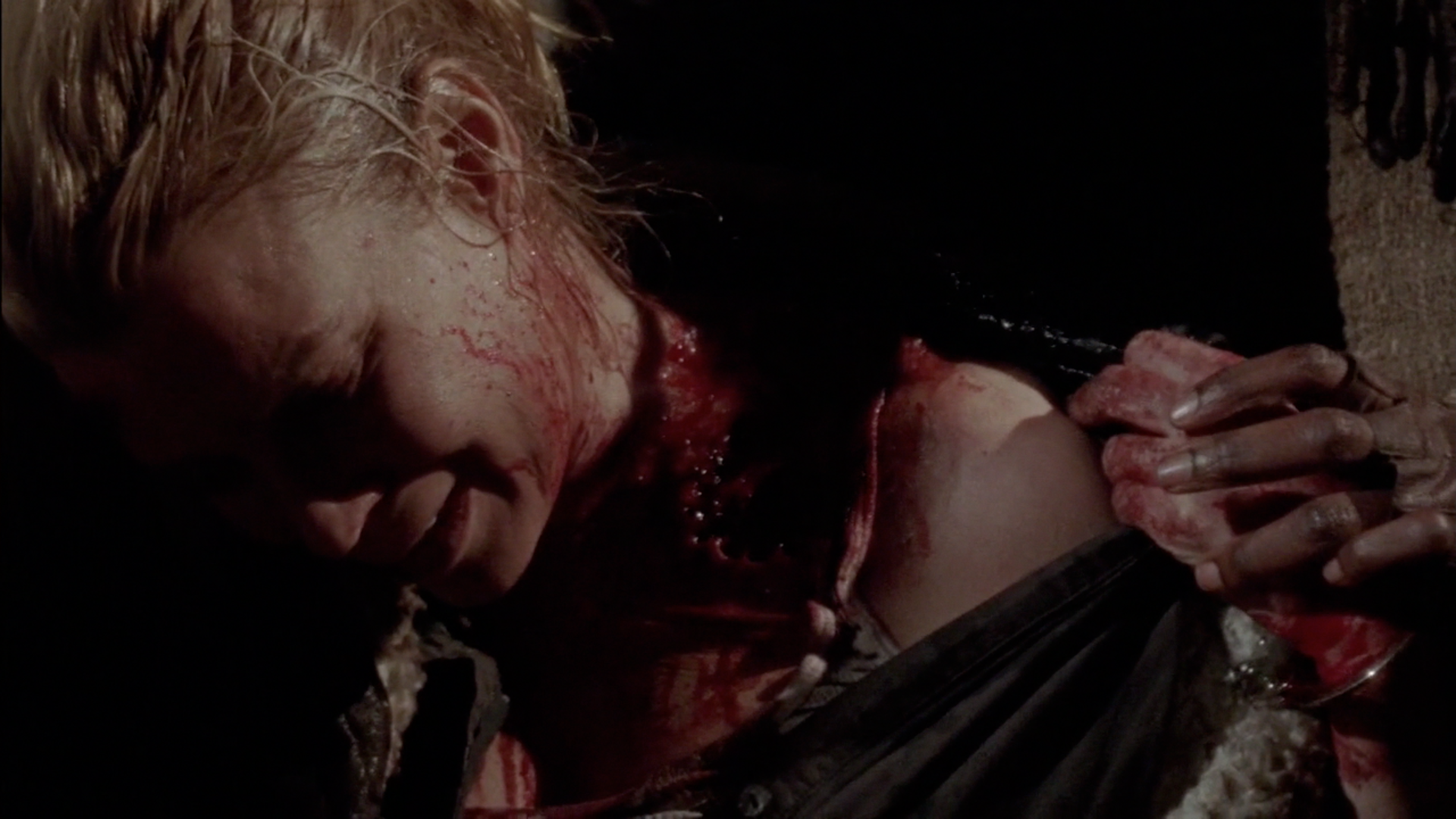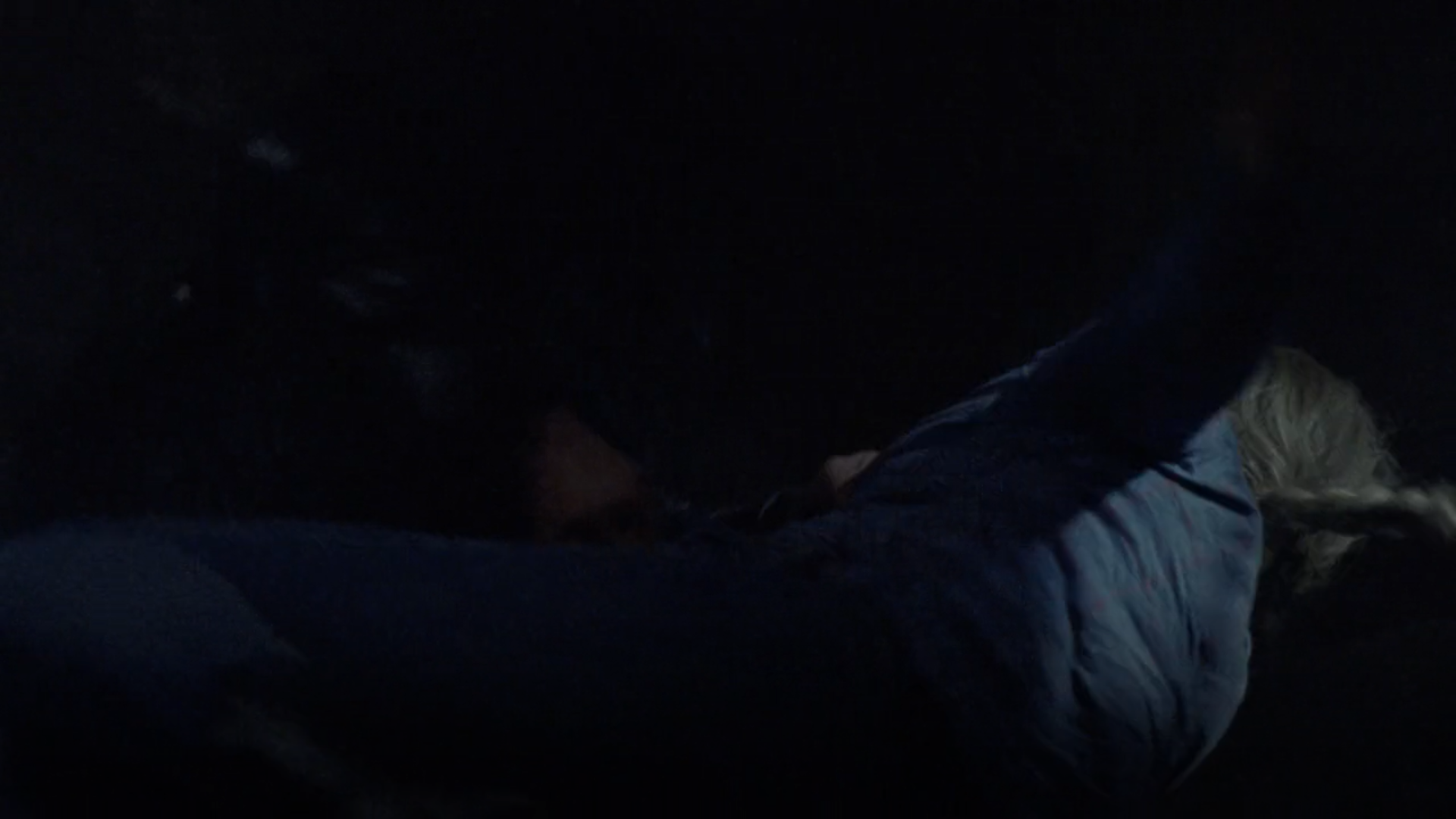

#WALKING DEAD BLONDE LADY DIES MOVIE#
The second persona is Marilyn Monroe, the pinup, bombshell, sex symbol, and movie goddess. An illegitimate child growing up in an orphanage and foster homes, she longs for Daddy, family, education, romance, money, and security, and her first memories are of sitting rapt in a dark theatre, the Church of Hollywood, where she goes to worship stars instead of saints.


First, there is Norma Jeane Baker, the wholesome, normal girl with a naïve, vulnerable heart. The myth of Marilyn Monroe is special because it combines three feminine personae. And, in the words of one reviewer, who did not know Melville had been one of Oates’s models, she succeeded completely: “ Blonde is a true mythic blowout, in which Marilyn is everything and nothing-a Great White Whale of significance, standing not for the blind power of nature but for the blind power of artifice.” In 2015, Oates told Nikolas Charles, a journalist from Time magazine, that, as the book evolved and grew over two years of research and writing, she began “half seriously” to think of Monroe “as my Moby Dick, the powerful galvanizing image about which an epic might be constructed, with myriad levels of meaning and significance.” Building an epic novel around a woman, let alone a celebrity out of popular culture, gossip, and fan magazines, was a bold undertaking, but Oates saw profound aspects to Monroe’s story that made it possible to think of her seriously as a tragic and representative American figure. The book was to have ended with the words “Marilyn Monroe.” But as Oates watched all of Monroe’s movies, learned more about her intelligence and humor, her determination to be seen as a serious actress, and the intersection of her career with multiple strands of mid-twentieth-century American culture-sports, religion, crime, theatre, politics-she realized that she needed a larger fictional form to explore a woman who was much more than a victim. Initially, Oates planned to write a novella about the metamorphosis of an ordinary high-school girl into a star, who loses her real name and is given a studio name that will obliterate her history and identity. Oates identified with Norma Jeane’s innocence, as she recalled in an interview with her own biographer, Greg Johnson: “I felt an immediate sense of something like recognition this young, hopefully smiling girl, so very American, reminded me powerfully of girls of my childhood, some of them from broken homes.” Such girls, many of whom she had known growing up in rural upstate New York, had become characters in her short stories and novels, where their dreams usually ended in defeat. Oates first had the idea for this book when she saw a photograph of a radiant fifteen-year-old Norma Jeane Baker, not yet looking anything like Marilyn Monroe, winning a beauty contest in California, in 1941, with a crown of artificial flowers on her curly brown hair and a girlish locket around her neck. In her most ambitious novel, Oates uncannily channels Monroe’s inner voice and demands that the star be given recognition, compassion, and respect. With this hallucinatory passage, Oates pulls us into a book about the fate of a female star in the Hollywood world of mirrors, smog, and shadows, a world where women’s bodies are commodities traded for titillation and profit. Death furiously pedaling,” and also Death, the messenger from the Emily Dickinson poem, who kindly stops for the restless person who cannot wait for him.

“MM” OCCUPANT 12305 FIFTH HELENA DRIVE BRENTWOOD CALIFORNIA USA “EARTH.”


 0 kommentar(er)
0 kommentar(er)
